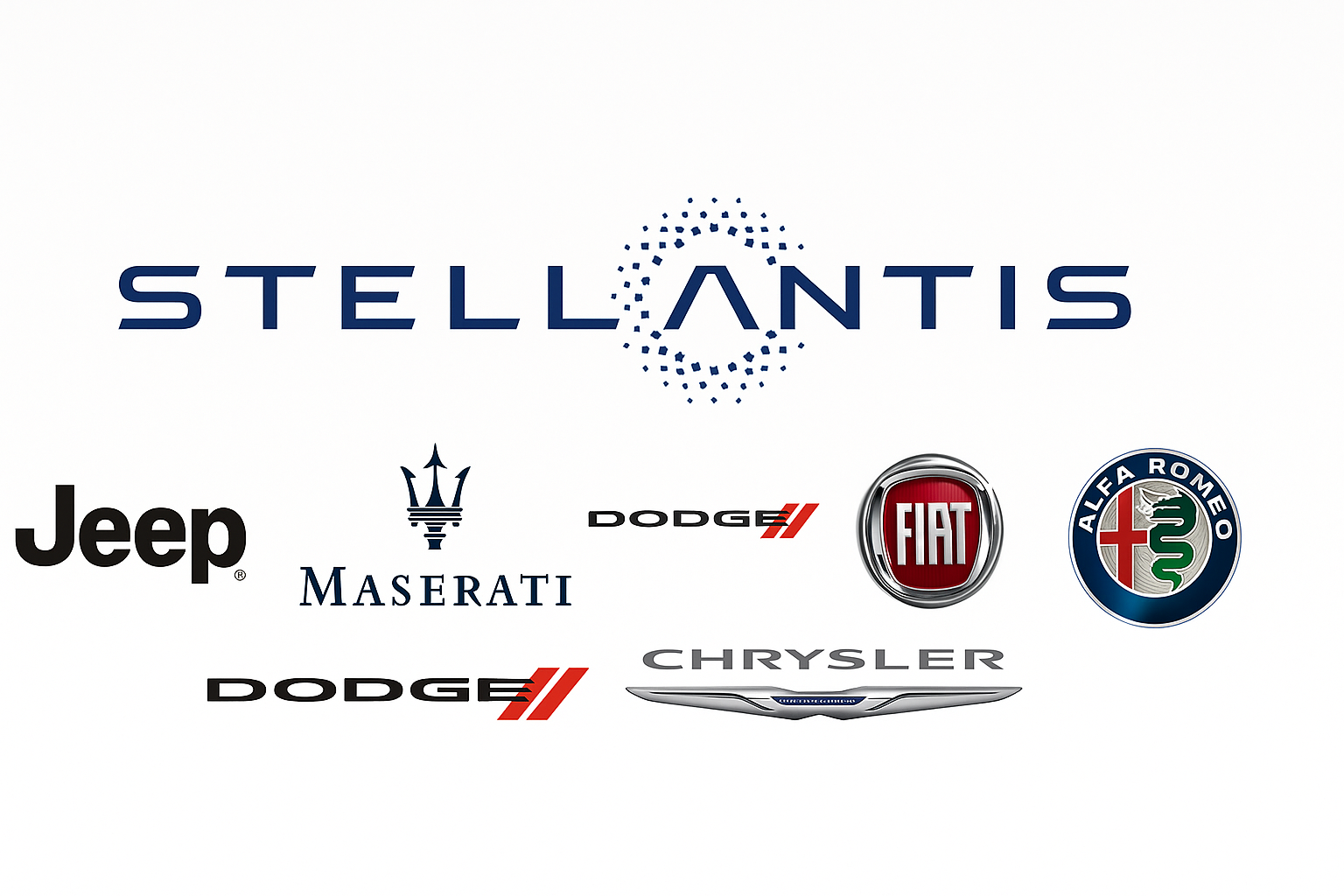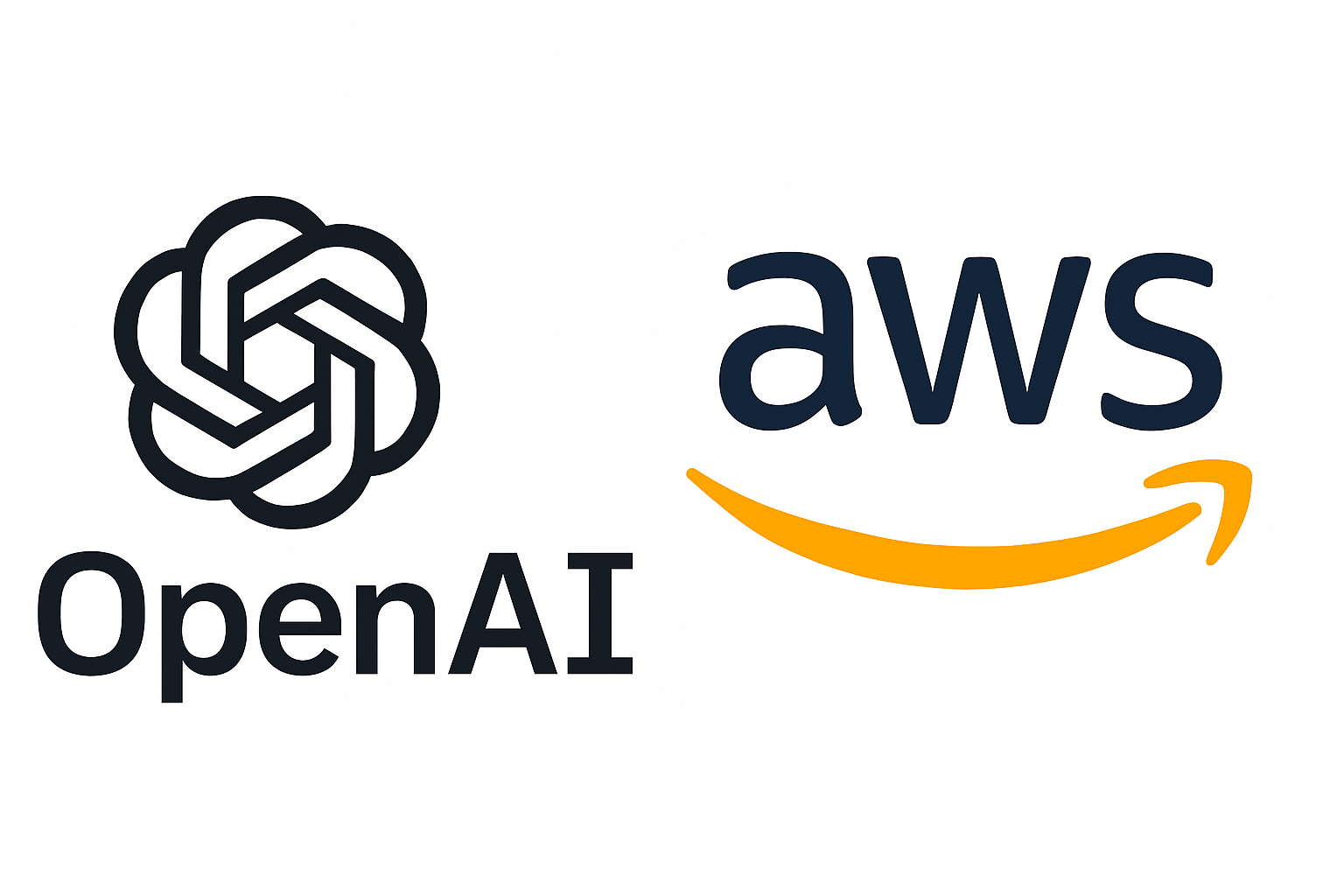The recent FreighTech 2025 conference once again brought together a mix of carriers, forwarders, BCOs, academics, and tech providers to hear the latest and share insights around, logistics technology and how it can benefit the freight industry.
Key Tech Trends for Global Freight in 2026
From AI to ocean freight innovation and tendering strategies for 2026, here are some of the key takeaways from this year’s event.
AI is already having an impact, especially in data processing and customer support, with expectations to manage 20% of human tasks within five years – though most organizations aren’t fully AI-ready yet.
Data quality challenges and few standards remain an obstacle for tech implementation, including for AI projects.
Ocean freight digitalization is progressing, with improved carrier APIs expected to trigger a digital transformation similar to what’s occurred in air cargo.
Strategic approaches to tendering are maturing, as technology tools for pricing visibility and rate discovery are helping companies move away from underutilized contracts on low-volume lanes toward a more balanced contract/spot strategy – as MIT research presented at the conference recommends.
Index-linked freight contracts are gaining traction as these flexible agreements are proving beneficial for all parties,often offering better costs, revenue, and reliability than traditional fixed contracts.
AI for Global Freight: Potential, Reality and Best Practices
Key Takeaways:
AI is already being used aggressively, mostly with data processing, automation and front-line customer support.
It’s still just getting started; leaders have high expectations to handle more tasks in coming years with human roles mostly evolving, rather than being eliminated, as a result.
Many are convinced that AI will have a net negative impact on sector employment.
Leaders don’t feel completely ready yet
AI was, as expected, a hot topic this year and top of mind for most in attendance. But discussion focussed on separating current practical AI applications for logistics from the hype, setting realistic horizons, and sharing lessons learned to date.
An audience poll showed expectations that within the next few years AI will handle a meaningful share of current logistics tasks currently done by humans – over half of leaders believe that at least 20% of current roles could be handled by AI in the next five years.
But there was also consensus that, along with some admitted reduction in headcount, human roles will evolve along with AI advances. Logistics professionals will leverage AI to enable teams to do more, and add more value for customers in new ways – just as many logistics tech introductions to date have enhanced instead of eliminated human roles.
Freight is complicated, however, and speakers agreed that AI can’t do it all, and not right away. At the same time, AI is already being applied in multiple ways across the freight landscape, especially for mundane and repetitive tasks. Some examples include using AI to:
Detect data anomalies or process unstructured data
Create content
Enable automation flow between systems
Power agents (and even voicebots) that handle routine customer inquiries or internal processes.
They still aren’t ready though.
That being said, only about a third in attendance consider their organizations AI-ready.
As such, best practices for AI investment, development, and introductions for logistics from those already at the forefront focussed on the following main recommendations:
Problem Mapping: Identify high-impact, high-frequency problems where AI is already likely to add value
Start Small: Begin with clear use cases and expand based on success
Focus: Build AI capabilities in areas where your company has deep domain expertise, and buy solutions for everything else
Experiment and share: Make AI tools available to teams for experimentation and facilitate knowledge sharing.
Data Quality – the Persistent Roadblock
Key Takeaways:
Lack of standards and inconsistent data remains a frustrating roadblock, including for AI
Focus on data that does work; scale from there
But even alongside the excitement surrounding AI, there was a familiar refrain that poor data quality – often from data received from partners in the supply chain, and attributable to the ongoing lack of freight data standards – continues to frustrate some logistics tech aspirations, including AI projects.
“Discovering something you can’t do right now is also important, and opens new opportunities to do that thing, and maybe more, in the future. In this case it showed the value of investing in quality data.” – Robert Khachatryan, CEO FreightRight
Robert Khachatryan of FreightRight shared a case study of the forwarder’s attempt to build an AI-driven predictive pricing system pilot with data scientists from USC. But the project had to be scrapped when they realized that much of their necessary historical freight rate data – where the inputs are complex and varied – was not clean enough to enable AI to succeed in the task.
The lesson learned was that investing in data quality now will enable successful tech, including AI, in the future.
“On the carrier side, we’ve established a shared understanding of what information we can easily exchange right now, and so we focus on that available data for digital solutions, to improve our efficiency and the customer experience.” – Helge Neumann-Lezius, Head of FCL, Hellmann
Helge Neumann-Lezius from Hellmann offered Hellman’s similar pragmatic approach to tech investment and roll outs: focus on building around the quality data you have now, while taking steps to improve data quality in other areas.
Ocean Innovation: Nearing a Digital Tipping Point
Key Takeaways:
Ocean liners are beginning to improve access to APIs
This will likely help fuel the same surge in connectivity that airline APIs have offered.
An example of this strategy is Hellman’s focus on more real-time data exchange with ocean carriers, leveraging improved API connections with carriers to enable real-time rate and tracking data.
So while ocean freight’s digital adoption has lagged air cargo’s – where API-enabled dynamic rates, market intelligence, and eBookings, including through third party platforms, are becoming more and more prevalent – several speakers suggested that ocean is approaching its tipping point.
The logistics supply chain is often only as digitalized as its least digital partner, so as ocean carrier connectivity improves the near term is likely to see a surge in digital ocean freight, including real-time rates, online bookings and TMS integrations.
Tendering in 2026: Finding the Right Balance
Key Takeaways:
Long term contracts are assumed to be the default solution for tendering but can be unreliable or underutilized
Spot freight – used strategically – can reduce costs and save time
Index-linked contracts and even hedging are gathering momentum after many years of discussion.
Looking ahead to 2026, several discussions on ocean freight tendering for the coming year revealed interesting recommendations for striking a contract vs. spot balance, explored the growing prevalence of index-linked contracts, and shared how tech is playing a larger role here as well.
Dr. Angi Acocella of MIT’s Center for Transportation and Logistics shared her recent research showing that shippers in both FTL and ocean rely on long term contracts for the big majority of their volumes, using spot to manage uncertainty – mostly for unexpected volumes, one-off shipments or lanes, or when contracted carriers are unavailable.
But the research also showed an 80/20 split: 80% of shipper volumes go on 20% of the contracted lanes, leaving many contracts for lower-volume lanes underutilized. Unused contracts not only cost shippers in the form of wasted time and resources on negotiations, but also often entail higher rates for shipments moved on these lanes – often at levels above spot costs for those shipments – and slightly higher contract rates on high volume lanes as well.
As such, she recommends examining lane volumes, contract rates and spot usage and costs from the previous year. Shippers are advised to focus contracts on the higher volume lanes, and rely more on spot for the long tail.
Research also shows the growing place for index-linked contracts in freight, and evidence that index-linked contracts benefit both carriers and shippers in the form of lower costs, increased revenue and better volume reliability than non-linked contracts or the spot market.
Multiple speakers noted the importance of trust for index-linked pilots – trust between the partners, in the rate data selected as the basis, and in the contract mechanism. As these grow, index-linked contract adoption is expected to grow as well.
Finally, speakers touched on the increased importance of technology to procurement. Tools that improve pricing/volume visibility, rate discovery, and the speed and efficiency of communication between carriers/LSPs/shippers already contribute to the ability to make better and strategic tendering decisions. Tech-enabled improvements in these areas are helping shippers and LSPs make the procurement process – for both tenders and spot shipments – less costly, faster, more efficient, and more reliable.
If you enjoyed this, you may also enjoy our recent virtual summit, which included discussions of digital freight transformation, spot/tender balances, and more. See it here.



















